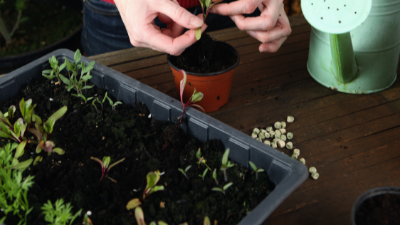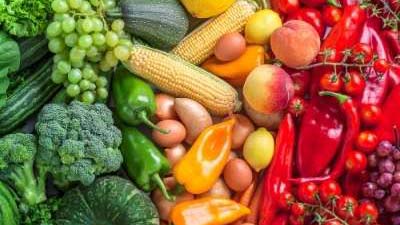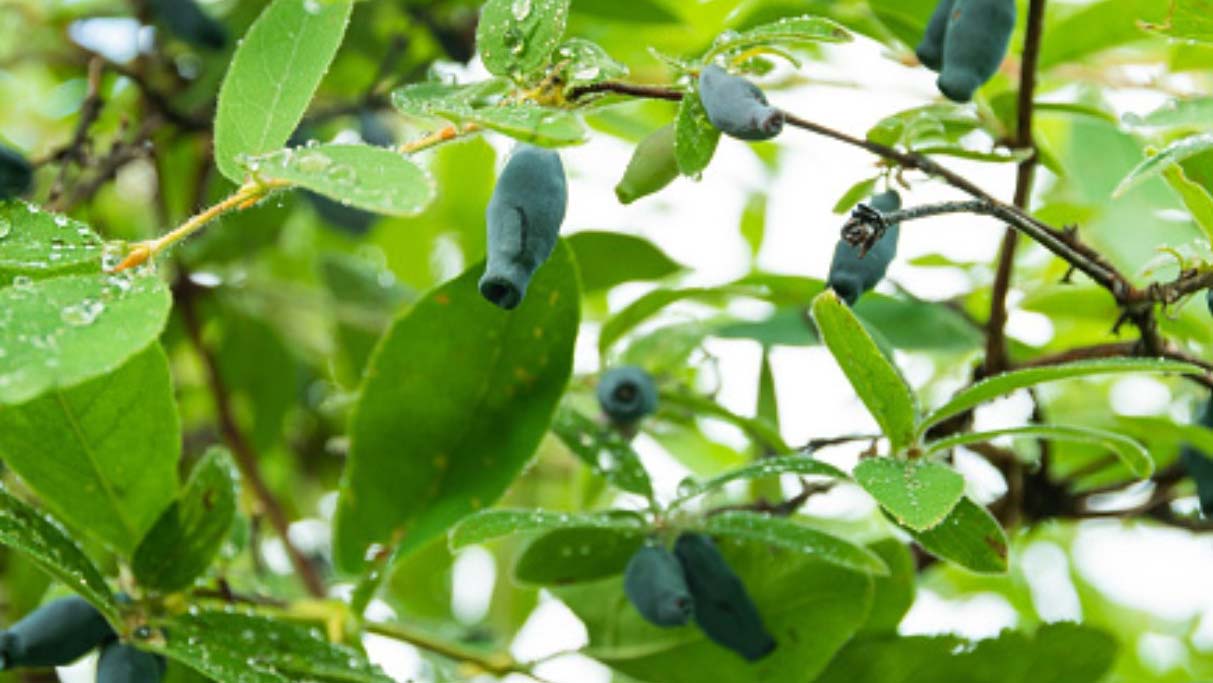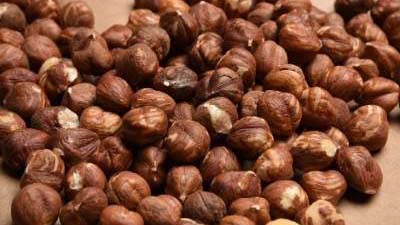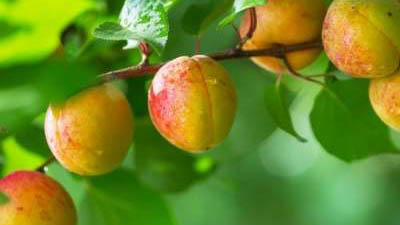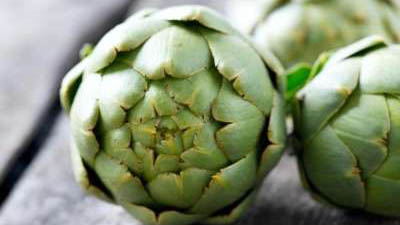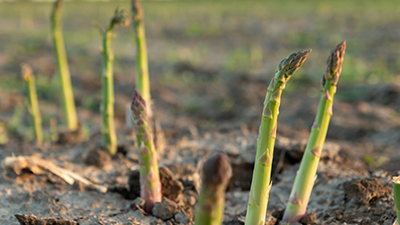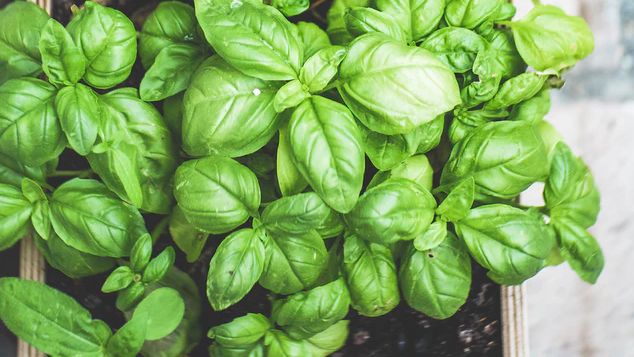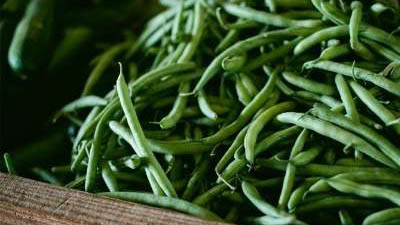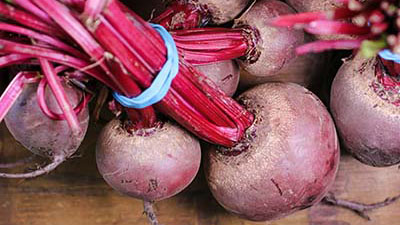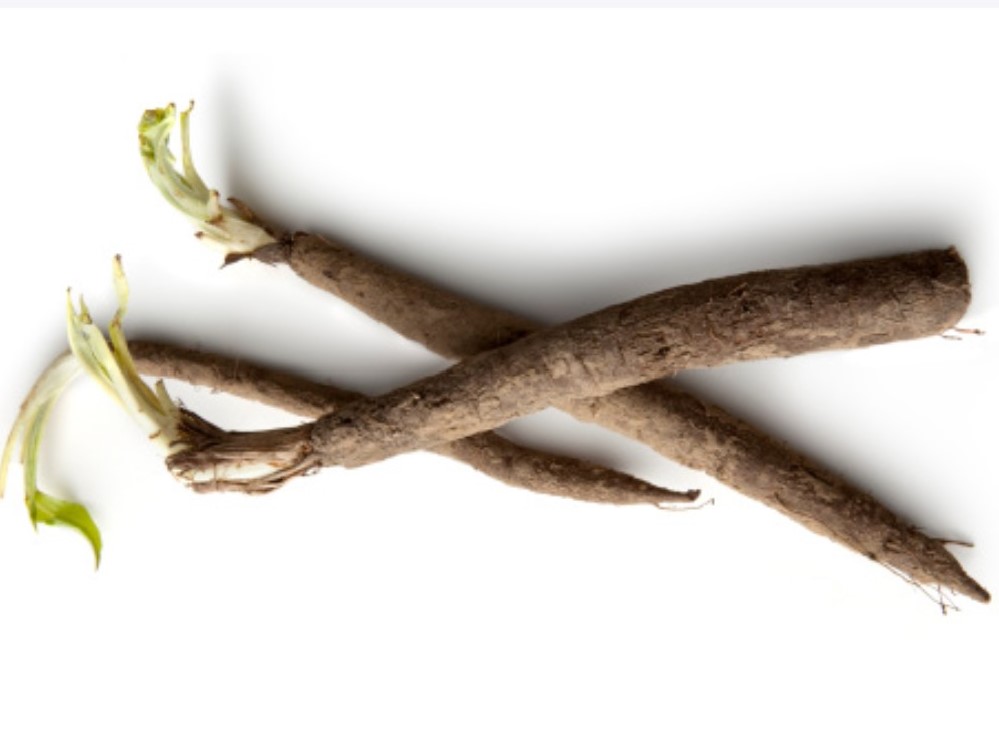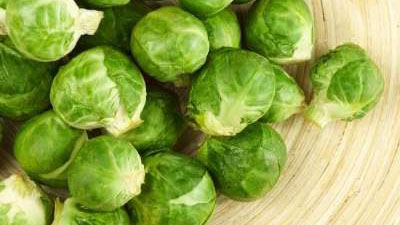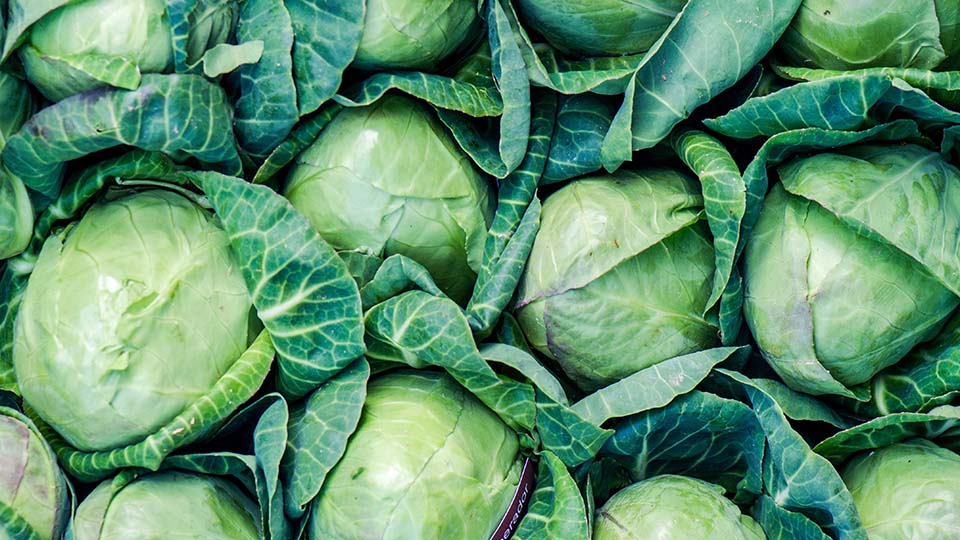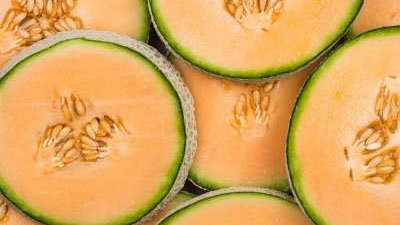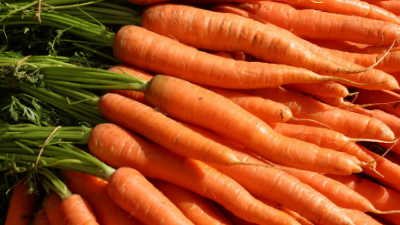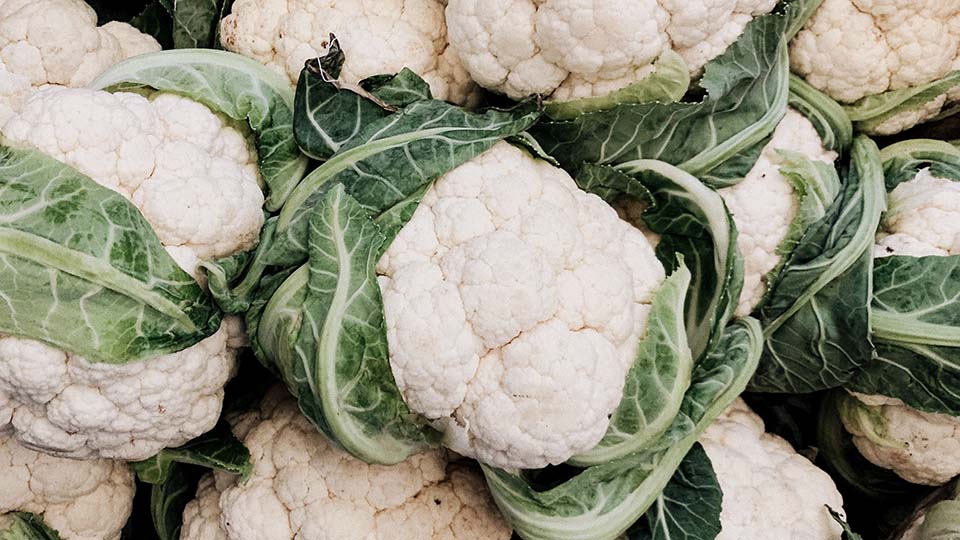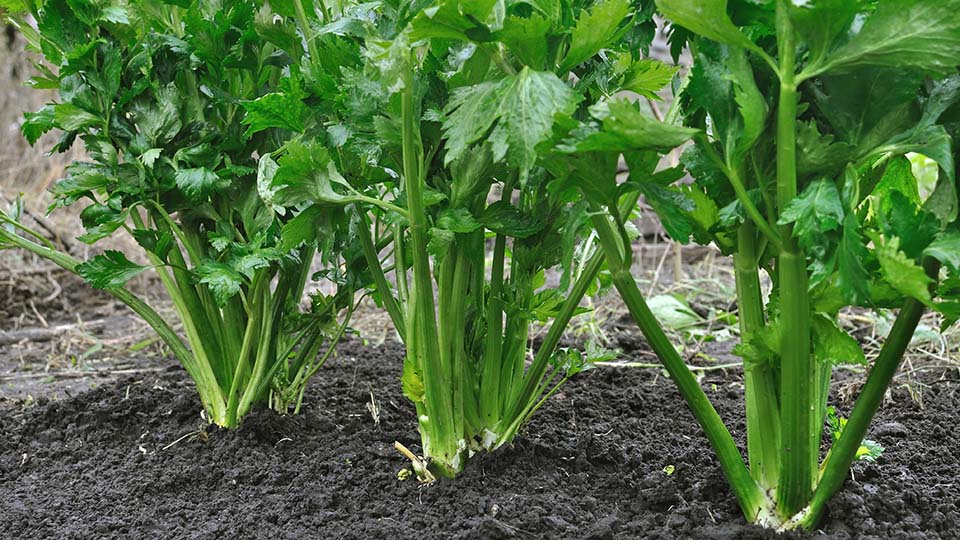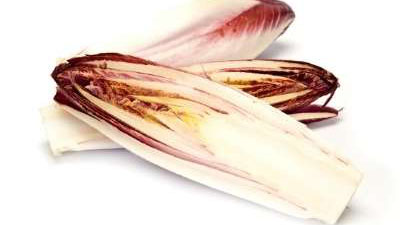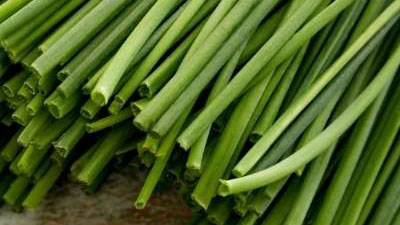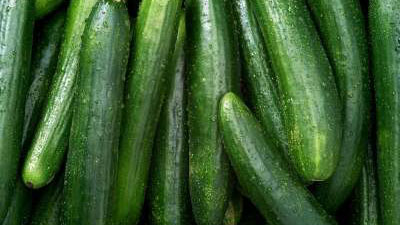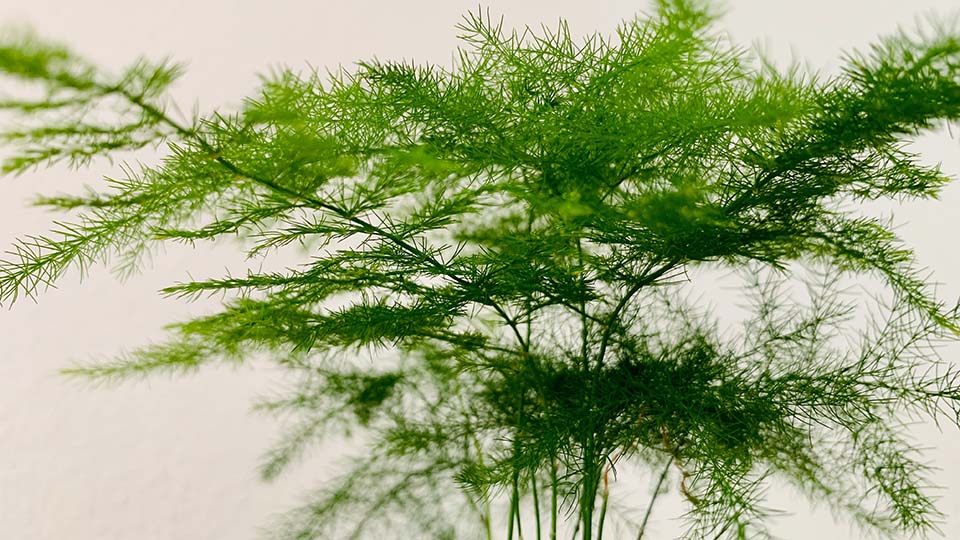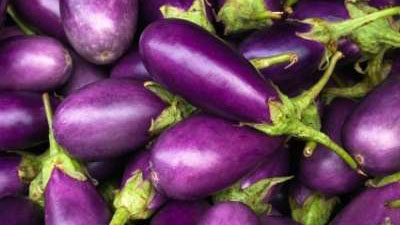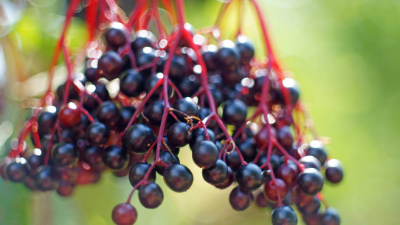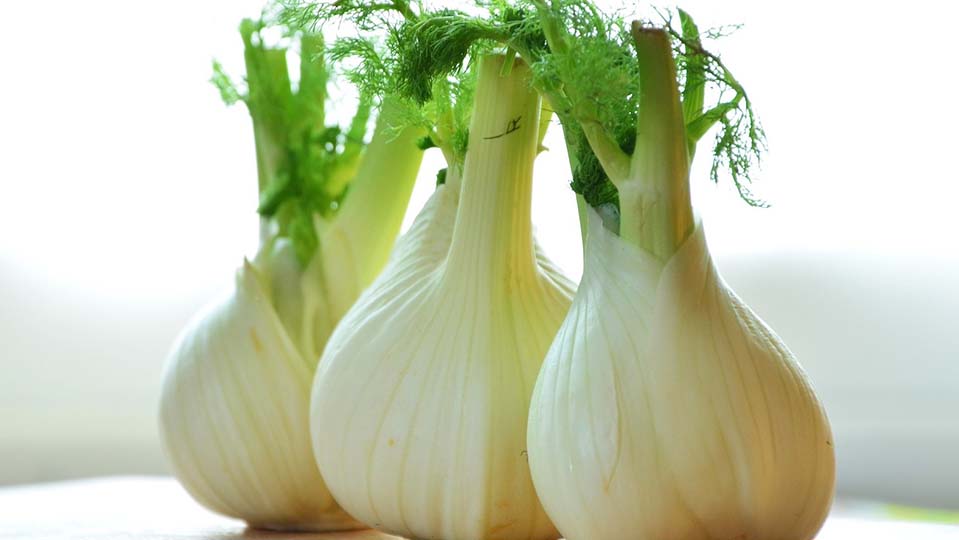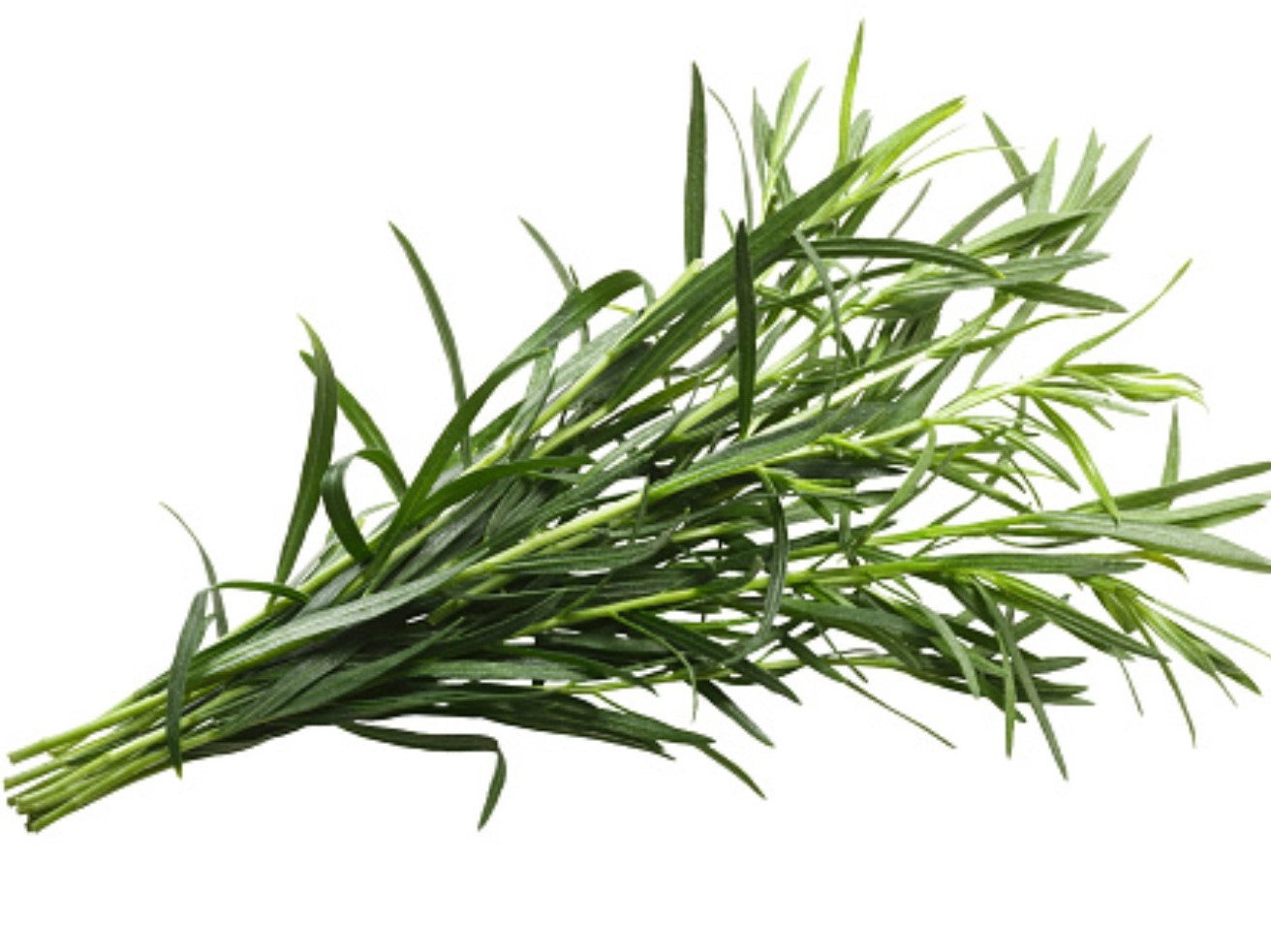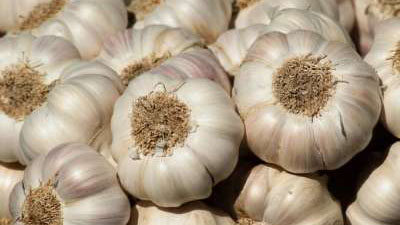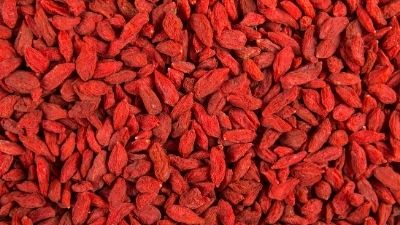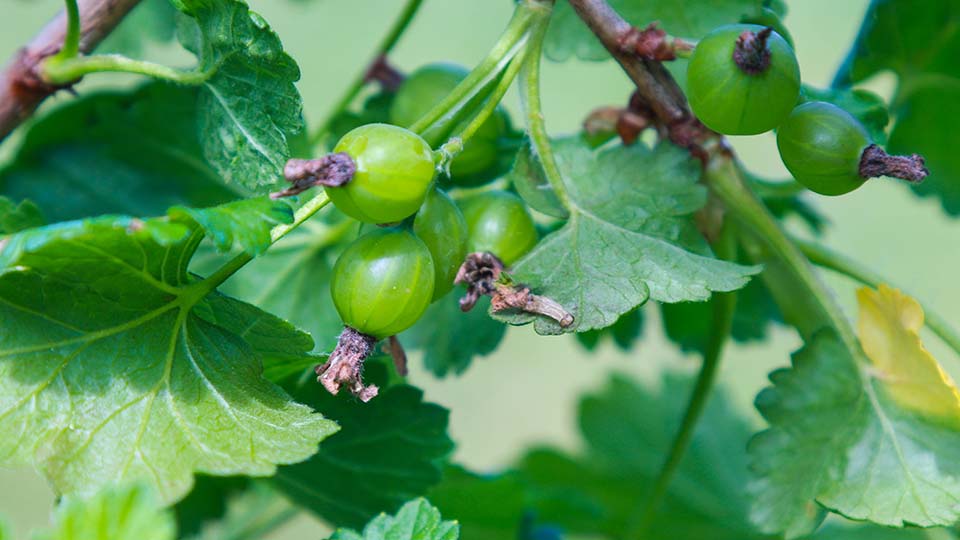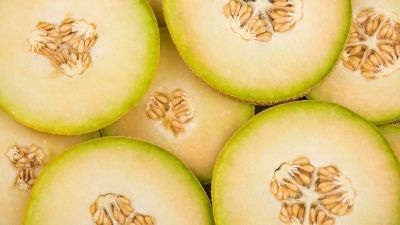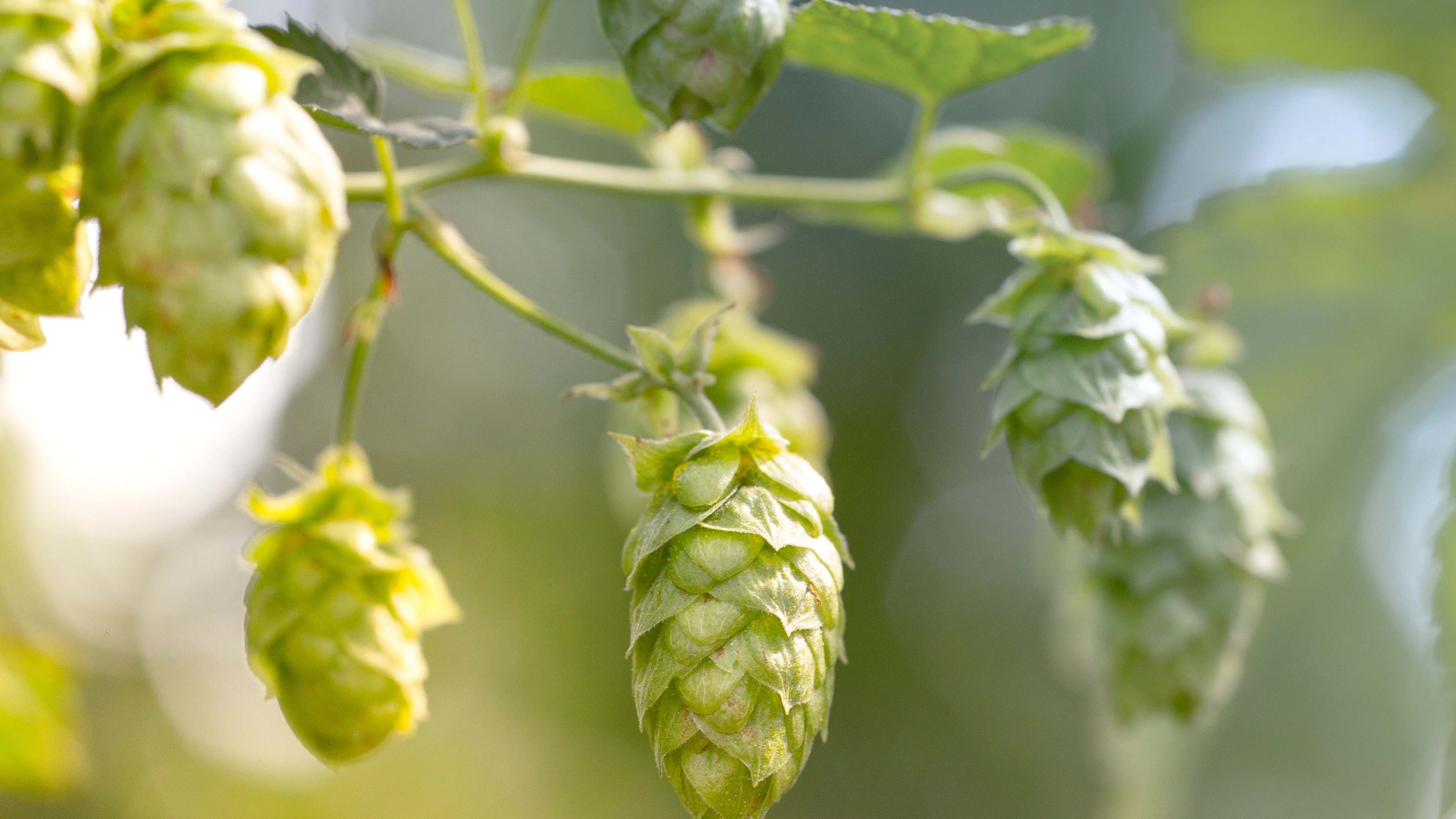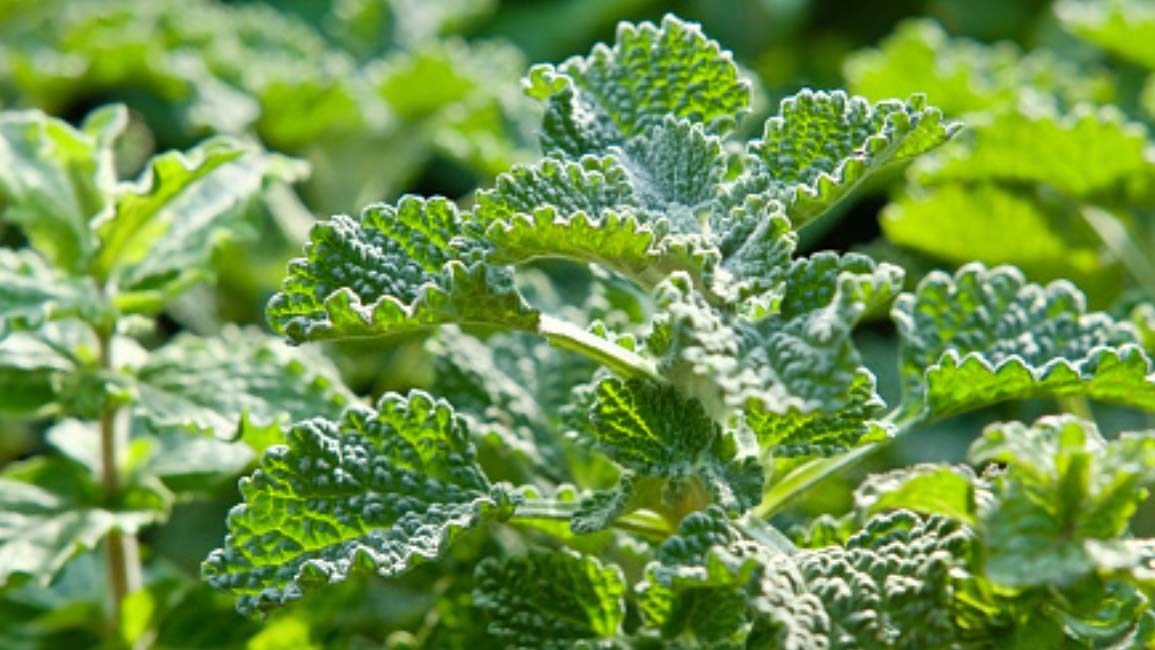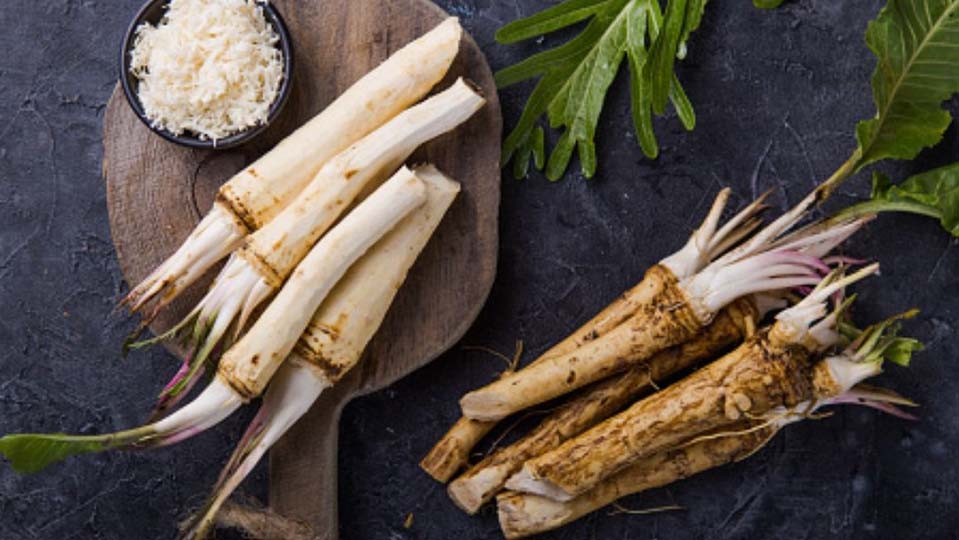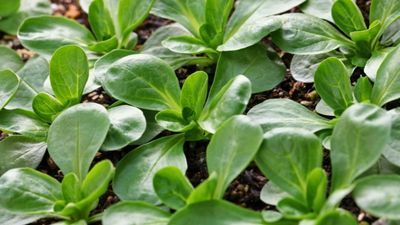Water Recommendations for Vegetables
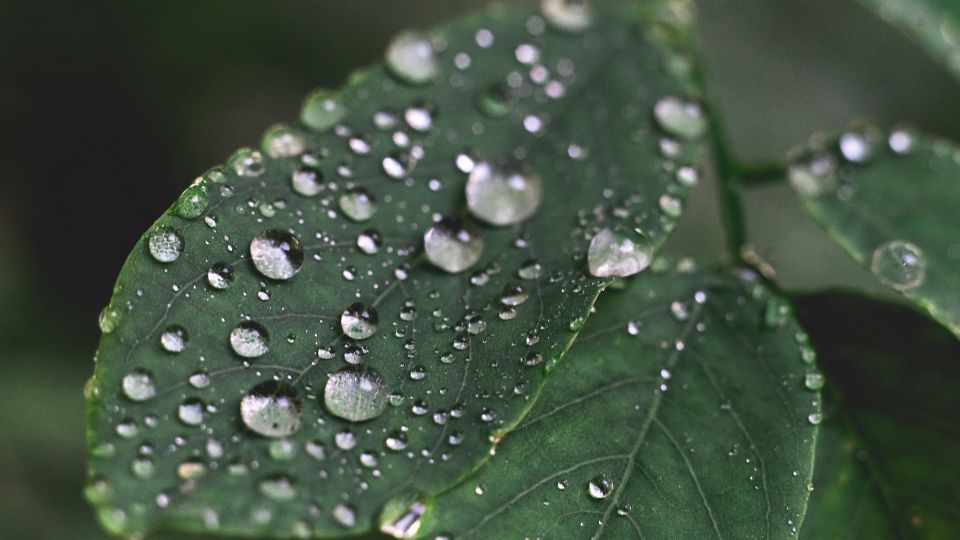
Irrigation in the Vegetable Garden
In Utah, water is continuously in short supply due to population growth, a warming regional climate, and continued drought. With this, demand for water has increased while becoming less available. As far as water conservation, an area often overlooked is the vegetable garden. Traditionally, we irrigate using overhead sprinklers and/or flood irrigation. However, these methods can be wasteful, and so a way to conserve and still have a healthy garden is to use drip irrigation. It can reduce water use by up to about 50%.
There are two general drip emitter types: point source and inline. Point source emitters are individually placed at the base of a plant to maximize water efficiency by only irrigating individual plants. Inline emitters are spaced evenly along a pipe or hose so there is an emitter every 6 or 12 inches, for example, and are often laid in a grid pattern. Both drip tape (temporary) and drip line (more durable and permanent) are examples of inline emitters.
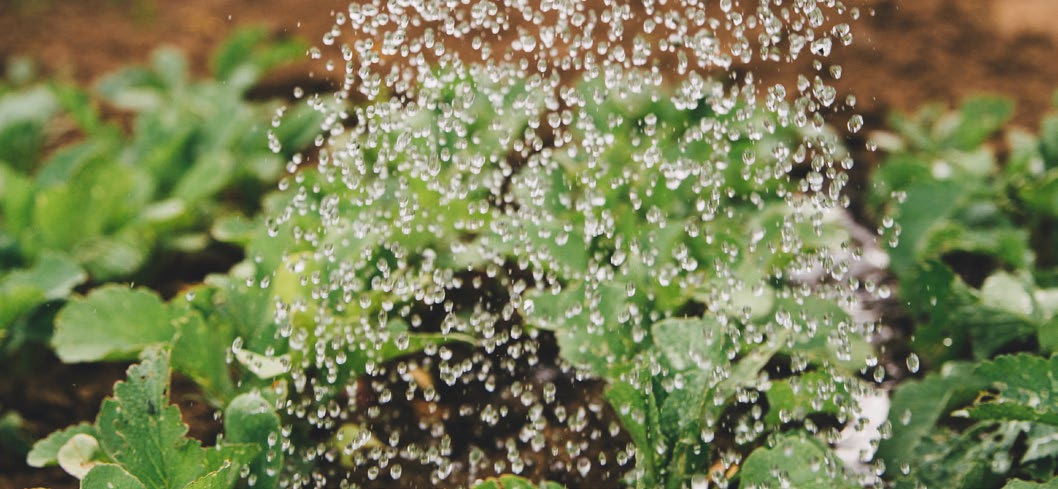
When using drip, it is hard to know how many inches of water are delivered every hour with emitter flow rates listed in gallons per hour. Vegetable garden irrigation recommendations are usually listed in inches of water per week and needs will vary based on growth stage, soil type, and temperature. Tables 1 and 2 include lists of the time needed to apply a ½ inch of water of both drip tape and drip line capacities, respectively. These tables include rates and spacings of common products that should be easy to find for the home gardener.
Table 1. Drip Tape Application Rate and Time Needed to Apply 1/2-Inch Water to 100-Foot Row, Assuming 2-Foot Row Spacing
| Tape diameter | Emitter spacing (in.) | Gal./hour/100 ft | Gal./min./ 100 ft | In./hour | Hours to apply ½ in. |
|---|---|---|---|---|---|
| 5/8 | 8 | 20.0 | 0.34 | 0.16 | 3.15 |
| 5/8 | 12 | 27.0 | 0.45 | 0.22 | 2.30 |
Note. Calculations are based on tape diameter and emitter spacing. Rates assume irrigation is run at the manufacturer’s recommended PSI.
Table 2. Drip Line Application Rate and Time Needed to Apply 1/2-Inch Water to 100-Foot Row, Assuming 2-Foot Row Spacing
| Flow emitter rate | Emitter spacing (in.) | Gal./hour/100 ft | Gal./min./ 100 ft | In./hour | Minutes to apply ½ in. |
|---|---|---|---|---|---|
| 0.5 | 6 | 100 | 1.6 | 0.8 | 37 |
| 0.5 | 12 | 50 | 0.8 | 0.4 | 74 |
| 0.9 | 6 | 180 | 1.4 | 1.4 | 21 |
| 0.9 | 12 | 90 | 0.7 | 0.7 | 42 |
| 1.0 | 6 | 200 | 1.6 | 1.6 | 19 |
| 1.0 | 12 | 100 | 0.8 | 0.8 | 38 |
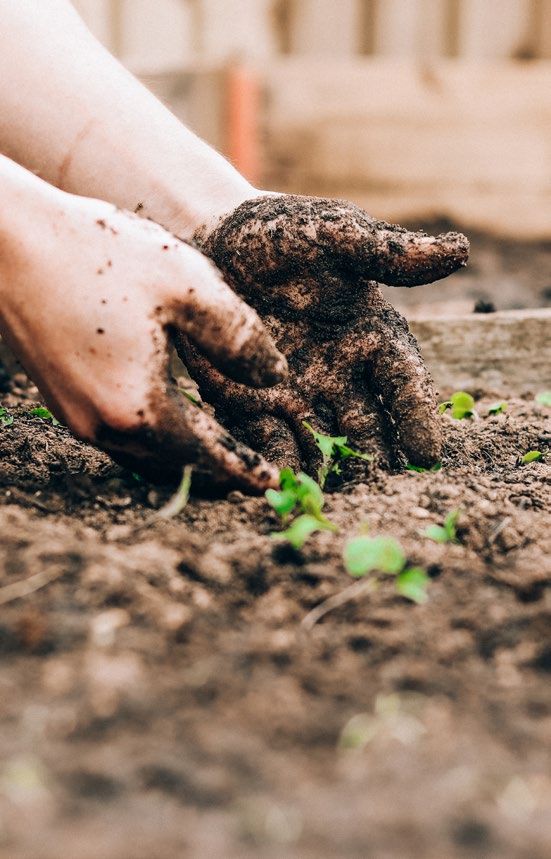
Note. Calculations are based on tape diameter and emitter spacing. Rates assume irrigation is run at the manufacturer’s recommended PSI.
Point Source Emitter Formula
Application rate = (#of emitters × flow rate of emitter × 1.604) ÷ (area covered by emitters in square feet)
For example, if you have two point source emitters that deliver 1 gallon per hour (gph) to irrigate 1 square foot each, to figure the inches per hour, you would apply the numbers in the formula like this:
(2 emitters × 1 gph × 1.604) ÷ (2 square-feet) = 1.604 inches per hour
Inline Drip Formula
Drip rate = (flow per emitter × 231) ÷ (emitter spacing in inches × lateral spacing in inches)

For example, if your inline emitters are spaced every 12 inches and deliver 0.9 gallons per hour, and the rows are 18 inches apart, you would apply the formula like this:
(0.9 gph × 231) ÷ (12-inch emitter spacing × 18-inch lateral spacing) = 0.96 inches per hour
There are two conversion constants used in the equations above. The constant 1.604 is:
(12 in. / 1 ft) (1 ft3 / 7.48 gal ) = 1.604 (in. ft2 / gal)
The first equation requires flow in gallons per hour, area (which is plant area) in square feet, and produces a result in inches per hour.
The constant 231 used in the second equation is effectively the same number as 1.604, but since the emitter spacing is in inches, rather than feet, we multiply 1.604 by 144, which equals 231.
(12 in. / 1 ft)3 (1 ft3 / 7.48 gal ) = 231 (in.3 / gal)
Because soil types differ, consult your irrigation dealer on the type of emitters to use, appropriate spacing, and recommended pressure (PSI) for specific products and systems. Fewer emitters may be needed in clay soil and more emitters in sandy soil. Additionally, in a loamy soil, 1 inch of water penetrates around 6 inches deep per irrigation event. Typically, the most consistent and uniform application is achieved when using pressure compensating emitters.
Recommended Irrigation for Vegetables in Utah
Most commonly grown vegetables in Utah require 1 to 2 inches of water per week and many are sensitive to over-, under-, or irregular irrigation. To maintain soil moisture and reduce water evaporation, add 1 to 2 inches of mulch on top of the soil around vegetable plants.
Factors that can influence water need include growth stage, temperature, and soil type. Growth stage is an important consideration as plants that are just establishing require less water than those that are full-sized, flowering, and producing fruit. For example, beans are most sensitive to drought when flowering and producing pods and cucumbers will produce bitter and sometimes misshapen fruit if drought stressed during the reproductive phase of growth. In addition, as ambient (air) and soil temperatures rise, plants will use more water to support and cool themselves. Adjust irrigation to support growing and developing flowers and fruits. Soil type is another important factor to consider. Gardens with clay soil tend to hold moisture for longer periods and can be watered with less frequency, whereas gardens with sandy soil may need frequent watering for shorter periods to support plant growth.
Water requirements for vegetables are discussed below by vegetable grouping (brassicas, cucurbits, herbs, perennials, root crops, solanaceous crops, leafy greens, corn, legumes, and bulbs) and descriptions include caveats and tips for successful growth related to irrigation. For a quick reference to minimum and maximum recommended weekly irrigation for vegetable crops, see Table 3.
Brassicas
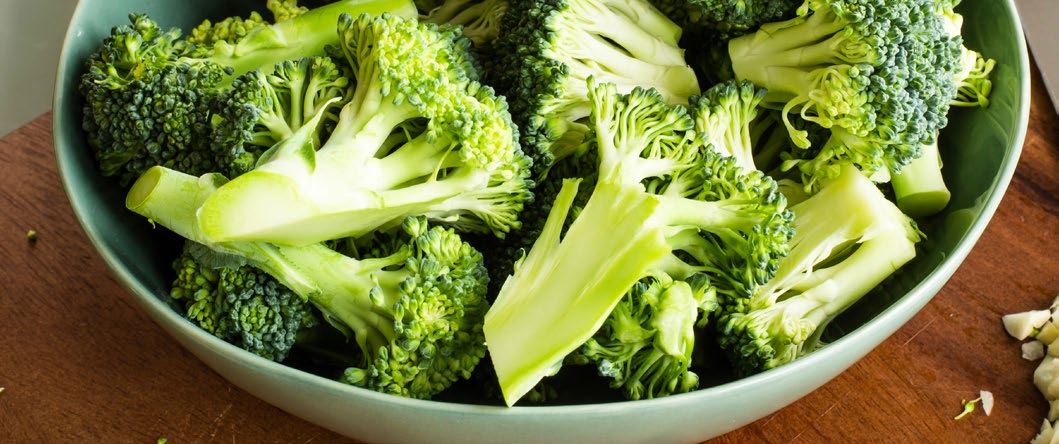
Broccoli requires approximately 1 to 2 inches of water per week. Learn more about broccoli in the garden.
Brussels sprouts require approximately 1 to 2 inches of water per week. Moisture fluctuations during heading will cause maturing sprouts to split open or develop bitter flavors. Learn more about Brussels sprouts in the garden.
Cabbage requires approximately 1 to 2 inches of water per week. Moisture fluctuations during heading will cause maturing heads to split open. Learn more about cabbage in the garden.
Cauliflower requires approximately 1 to 2 inches of water per week. Learn more about cauliflower in the garden.
Kohlrabi roots are shallow and plants should be watered frequently. Approximately 1 to 2 inches of water are required per week. Moisture fluctuations will cause the stems to become tough and woody. Learn more about kohlrabi in the garden.
Cucurbits
In addition to water conservation, drip irrigation can reduce the incidence of powdery mildew in cucurbits.
Cantaloupe requires more water as it begins to flower and set fruit. Irrigate to apply 1 to 2 inches per week. Reduction in water immediately before harvest can improve fruit flavor. Learn more about cantaloupe in the garden.
Cucumbers require approximately 1 to 2 inches per week depending on plant size and stage of growth. Plants that are producing fruit need more water. Avoid water stressing the plants as this causes the fruits to be bitter, have pointed ends, and be misshapen. Learn more about cucumbers in the garden.
Honeydew should be watered deeply and infrequently, applying 1 to 2 inches per week. Reduce watering amount before harvest to improve fruit flavor. Learn more about honeydew and other winter melons in the garden.
Pumpkins should be watered deeply, applying 1 to 2 inches per week. Reduce watering amounts as the fruits ripen. Learn more about pumpkins in the garden.
Summer squash requires 1 to 2 inches of irrigation per week. Mulch can help retain soil moisture in the root zone. Learn more about summer squash in the garden.
Watermelon should be irrigated deeply and infrequently, 1 to 2 inches per week. Reduce watering amounts before harvest to improve fruit flavor. Learn more about watermelons in the garden.
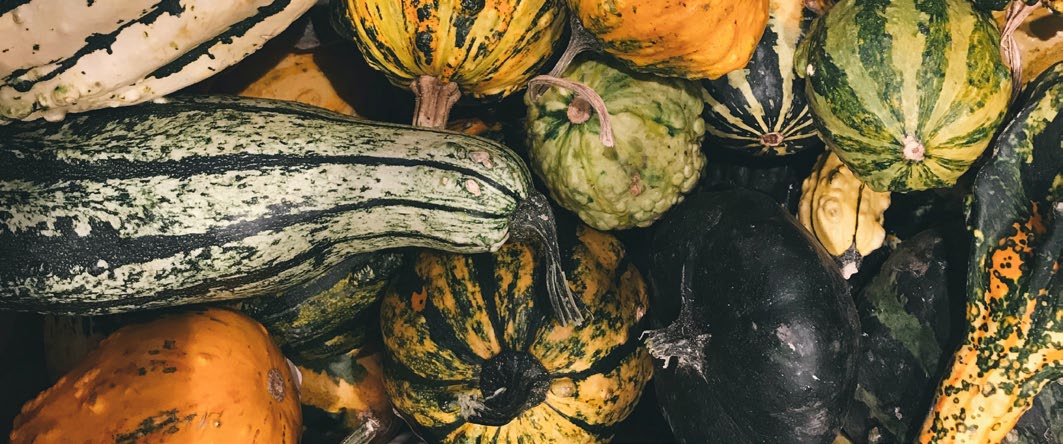
Winter squash should be watered deeply and infrequently, applying 1 to 2 inches per week. Reduce watering amounts as the fruits ripen to avoid fruit rot diseases and to enhance fruit flavor. Learn more about summer and winter squash in the garden.
Herbs
Basil should be watered regularly to supply 1 to 1 ½ inches of water per week to maintain vigorous growth. Irrigation will prevent wilting that slows growth, damages roots, and stunts plants. Learn more about basil in the garden.
Calendula grows best with routine watering but can survive in low water conditions. Supply 1 to 1 ½ inches of water per week in midsummer for optimal growth. Learn more about calendula in the garden.
Chives require regular watering to supply 1 to 1 ½ inches of water weekly throughout growth for best production. Moisten the soil thoroughly when watering. Chives will survive periods of drought stress but growth and productivity will decrease. Learn more about chives in the garden.
Cilantro requires regular watering during establishment. Once the plants are established they need little water, 1 to 1 ½ inches weekly. Avoid over-watering as this plant does not do well in damp or humid conditions. Learn more about cilantro in the garden.
Dill is not a big water user, requiring one or two irrigations per week once established with a total of 1 to 1 ½ inches applied weekly. Dill can tolerate drier soil conditions particularly after seed set. Learn more about dill in the garden.
French tarragon performs best when the soil is allowed to dry between irrigations as it is sensitive to overwatering. Tarragon has shallow roots and benefits from mulch being placed around the base of the plant. Water new plants frequently until established, applying 1 to 2 inches of water per week. Learn more about French tarragon in the garden.
Horehound is very drought tolerant and excessive watering or standing water is detrimental to plants. During the summer, water no more than one time per week (1 to 1 ½ inches) allowing the soil to dry between irrigations. Learn more about horehound in the garden.
Lemon balm is a hardy perennial herb that grows best when it is not water stressed. Keep the soil moist, but not wet, or the plants will get root rot. Apply approximately 1 to 2 inches of water per week. Learn more about lemon balm in the garden.
Lemongrass is native to tropical climates and prefers regular rainfall and humid conditions. In Utah’s dry climate, mist and water it regularly. Water lemongrass by hand or use flood irrigation rather than irrigating with sprinklers. If grown in a container, water regularly so the pots do not dry out. Apply approximately 1 to 2 inches of water per week. Learn more about lemongrass in the garden.
Mint should be watered regularly during the growing season, supplying up to 1 to 2 inches per week, depending on temperatures, exposure, and soil conditions. Avoid overwatering as it leads to disease. Learn more about mint in the garden.
Perennial Crops
Artichoke should be irrigated frequently, supplying 1 to 2 inches per week over several applications. Artichoke has a shallow root system, does not tolerate hot, dry conditions, and likes moist soils for high productivity. Mulch heavily around the plants with compost, grass clippings, or straw to conserve soil moisture and reduce weed growth. Learn more about artichoke in the garden.
Asparagus water requirements should be adjusted as the plant matures. The first two years after planting, water 1 to 2 inches every other week in one application, using drip irrigation if possible. Mulching around the plant with compost or grass clippings can conserve soil moisture and reduce weed growth. Reduce irrigation to every 3 weeks after year 3. Irrigate so that the water reaches a depth of 3-4 feet in the soil. Learn more about asparagus in the garden.
Horseradish is quite drought tolerant, but the roots become woody and have a weak flavor if stressed too much. The roots become very soft and have a strong flavor if over-watered. Water horseradish once a week (1 to 2 inches of water) so the water penetrates to a depth of 18-24 inches. Learn more about horseradish in the garden.
Root Crops
Beets require regular watering. Moisture fluctuations cause root cracking, slow leaf development, and contribute to low yields. Water stress during the first six weeks of growth often leads to premature flowering and low yields. Applying 1 to 2 inches of water per week is required for good development. Learn more about beets in the garden.
Black salsify originated in Southern Europe and prefers a regular supply of water, keeping the soil at a constant moisture level. Irrigate with 1 to 2 inches per week to maintain a moist but not wet soil. Learn more about black salsify in the garden.
Carrots and parsnips should be watered regularly with 1 to 2 inches of water applied weekly to support proper root development. Avoid overwatering as hairy roots will form and forking can occur. Moisture fluctuations can cause root disorders, slow leaf development, and contribute to bitterness. Wet and dry periods promote root cracking. Learn more about carrots in the garden. Learn more about parsnips in the garden.
Chicory should be irrigated regularly to maintain a uniformly moist soil, applying 1 to 2 inches per week. Drought stress during growth will cause slow leaf development and bitter flavors to develop. Learn more about chicory in the garden.
Potatoes require good soil moisture levels, applying application of 1 to 2 inches of water per week. Most of the water used by the plants is taken up from the top foot of soil. Irregular watering (over or under) can cause abnormal tuber growth like knobs and cracks. Near the end of summer when the plants begin to yellow and the leaves start dying, reduce the amount of water applied. Wet conditions late in the year contribute to tuber rot in storage. Learn more about potatoes in the garden.
Radishes require regular watering to support development. Water to provide ½ to 1 inch of water weekly. Moisture fluctuations cause root cracking, slow leaf development, and contribute to “hot,” bitter roots. Stress during the first 6 weeks of growth often leads to premature flowering and low yields. Learn more about radishes in the garden.
Rutabagas and turnips should be watered regularly, applying 1 to 2 inches per week depending on temperature and soil type. Moisture fluctuations cause root disorders like cracking, woody roots, and pithiness, and contribute to bitter flavors. Learn more about rutabagas and turnips in the garden.
Sweet potatoes are quite drought tolerant, needing 1 to 1 ½ inches of water weekly, but grow best when provided with ample water after planting and as they grow. As plants mature, water with moderation as late watering can cause root cracking. Learn more about sweet potatoes in the garden.
Wasabi is a semi-aquatic plant. It grows along streams in heavily wooded areas and for optimal growth, cool water (45-55 °F) should continuously flow around the plant. It should be planted in a way that water, which should be rich with minerals, will continually splash on the plant (planting around a water feature may help to accomplish this). Supply plants with 3 to 4 inches of water per week. Learn more about wasabi in the garden.
Solanaceous Crops
Eggplant requires 1 to 2 inches of water per week. Irregular watering (under or over) can cause tough, leathery fruit or root rot. Learn more about eggplant in the garden.

Peppers are sensitive, and irregular watering (over or under) can cause flower drop or blossom-end rot, a dark leathery spot on the bottom of the fruit and contribute to thin-walled fruit. Deep watering to supply 1 to 2 inches of water will support good fruit development. Adding mulches atop the soil can help to retain soil moisture and promote highquality fruit development. Learn more about peppers in the garden.
Tomatillos should be watered deeply and infrequently, applying 1 to 2 inches of water per week to support plant establishment, growth, and fruit formation. Mulching around the plants will help conserve soil moisture. Tomatillos are moderately drought tolerant so do not over-water. Learn more about tomatillos in the garden.
Tomatoes should be watered deeply and infrequently, applying 1 to 2 inches per week. Tomatoes are highly sensitive to irregular watering (over or under), which can cause blossom-end rot, a dark leathery spot on the bottom of the fruit and fruit cracking. To avoid blossom-end rot and problems related to soil moisture fluctuations, apply mulches on top of the soil around the base of the plant. Learn more about tomatoes in the garden.
Leafy Greens
Celery needs at least 1 to 2 inches of water each week during the growing season. Always soak the soil thoroughly to support the small, shallow root system. Any water stress during the year causes the stalks to become stringy and gives them a strong flavor. Celery is more crisp and tender if watered regularly, especially before harvesting. Learn more about celery in the garden.
Garden cress performs best if soil remains very moist with an added 2 to 3 inches of water weekly. If planting in containers, make sure to water them every day to every few days, depending on location and container size, keeping the soil moist. Drought stress during growth will greatly reduce yield. Learn more about garden cress in the garden.
Kale should be watered deeply and infrequently while trying to maintain even soil moisture. About 1 to 2 inches of water are required per week. Moisture fluctuations can toughen leaves and cause them to develop off-flavors, making them less palatable. Learn more about kale in the garden.
Lettuce is sensitive to moisture fluctuations and drought which causes leaves to become tough, slows head development and contributes to offflavors. Wet and dry periods cause tipburn, a browning of the edge of leaves. Apply 1 to 2 inches of water per week and use mulch to maintain soil moisture. Learn more about lettuce in the garden.
Mustard should be watered regularly to maintain a uniformly moist soil with 1 to 2 inches of water. Mulch around the plant also helps conserve soil moisture and reduce weed growth. Moisture fluctuations cause leaves to become tough, slows leaf development and contributes to off-flavors. Learn more about mustard in the garden.
New Zealand spinach will do well on with little water without causing plants to bolt or produce a bitter taste; however, flavor is best with consistent moisture, supplying 1 to 2 inches of irrigation weekly. New Zealand spinach is heat and drought tolerant and does well in the warm summer/fall months when regular spinach will not produce. Learn more about New Zealand spinach in the garden.
Spinach can become tough with off-flavors if not watered regularly. Supplying 1 to 2 inches of water weekly and mulching around plants to keep soil moisture even will promote development of a highquality crop and slow bolting. Learn more about spinich in the garden
Swiss chard should be watered regularly to provide 1 to 2 inches of water per week. Moisture fluctuations will cause leaves to become tough, slow leaf development, and contribute to off-flavors. Learn more about swiss chard in the garden.
Watercress is an aquatic plant that grows best in submerged or shallow moving water. In the garden, place potted plants in a bucket with 2 to 3 inches of water so the media stays wet and the roots are submerged under water. It is best to change the water once or twice a week. You can also plant watercress by an existing water feature in the yard, locating the plant where the soil stays saturated with water. Learn more about watercress in the garden.
Corn
Sweet corn and popcorn require regular and ample watering throughout growth for best production, with a needed 1 ½ to 2 ½ inches of water per week. Water needs are critical during tasseling, silking, and ear formation. Drought stress during ear development will decrease yield, lower kernel quality, and affect flavor. Learn more about sweet corn in the garden. Learn more about popcorn in the garden.
Legumes
Beans require regular watering throughout growth for best production. Water needs are most critical during flowering and pod sizing with a needed 1 to 1 ½ inches weekly. Overwatering can promote root rot diseases and slow plant growth. Drought stress during and after flowering will decrease yield due to flower abortion (flowers falling off without producing fruit or seed) and can lead to a reduction in pod size and increased stringiness. For dry beans, reduce water applications as the seeds begin to mature. Learn more about beans in the garden.
Peanuts require uniform soil moisture levels throughout the year, with a required 1 to 2 inches of water per week, and can benefit from the application of mulch. Irregular watering (over or under) can cause root rots and will reduce yields. Learn more about peanuts in the garden.
Peas require regular watering throughout growth for best production; however, when planted in early spring, cool temperatures and precipitation can reduce the need for additional irrigation. Do not over water as wet soil promotes root rot diseases and slows plant growth. Water needs are most critical after flowering and ½ to 1 inch of water should be supplied weekly. Drought stress will decrease yield due to pod abortion and reduce seed size, increase pod stringiness, and alter seed quality. Learn more about peas in the garden.
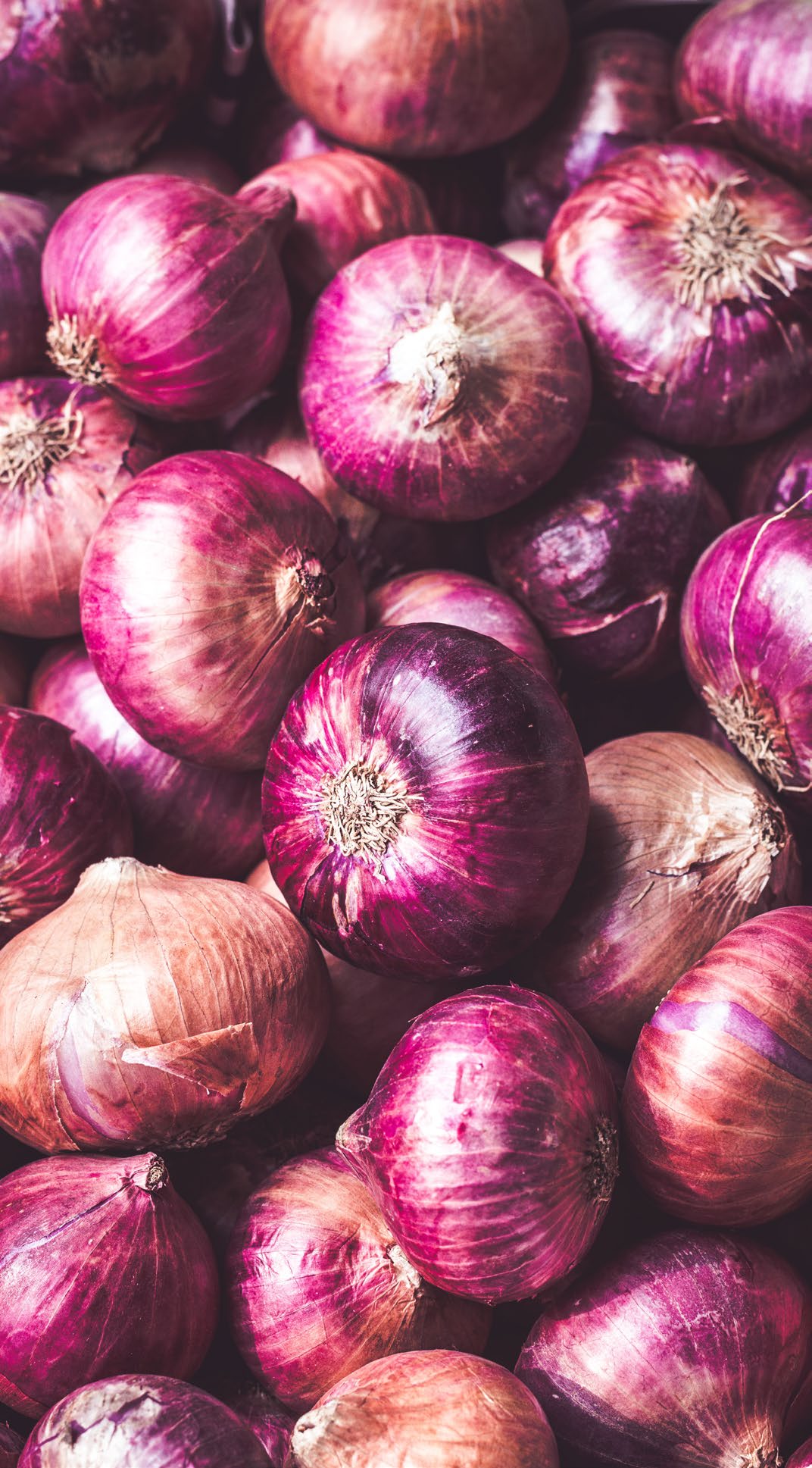
Bulbs
Garlic, when fall planted, requires little to no initial water as moisture is often supplied through precipitation from fall through spring. Once plants sprout in the spring and soil dries, supply 1 to 1 ½ inches of water weekly to support good growth and bulb formation. Drought stress during growth decreases yield and reduces bulb size. The addition of mulch on top of the soil can help to mitigate soil water loss and promote bulb formation. Stop watering when the bottom leaves start to yellow in the summer months. Excess water as the crop matures delays curing and causes storage problems. Learn more about garlic in the garden.
Leeks require regular watering throughout growth for best production. Moisten the soil thoroughly to a depth of 18 inches every 7 days, which is equivalent to adding 1 to 1 ½ inches of water each week. Water needs are critical since rooting depth in leeks is shallow. Drought stress during growth will decrease yield. Learn more about leeks in the garden.
Onions are sensitive to drought and irregular water since rooting depth in onions is shallow. Drought stress during growth decreases yield, reduces bulb size, and affects flavor. Onions need between 1 and 1 ½ inches of water weekly, but soil should be kept evenly moist to support growth. Stop watering when the plants start to mature, which is noted when the tops fall over. Excess water as the crop matures delays curing and causes storage problems. Learn more about onions in the garden.
| Vegetable crop | Minimum (inches/week) | Maximum(inches/week) |
|---|---|---|
| Artichoke | 1 | 2 |
| Asparagus | 1 | 2 |
| Basil | 1 | 1.5 |
| Beans | 1 | 1.5 |
| Beets | 1 | 2 |
| Black salsify | 1 | 2 |
| Broccoli | 0.5 | 1.5 |
| Calendula | 1 | 1.5 |
| Cantaloupe3 | 1 | 2 |
| Carrot | 1 | 2 |
| Cauliflower | 0.5 | 1.5 |
| Celery | 1 | 2 |
| Chicory | 1 | 2 |
| Chives | 1 | 1.5 |
| Cilantro | 1 | 1.5 |
| Cucumber1 | 1 | 2 |
| Dill | 1 | 1.5 |
| Eggplant1 | 1 | 2 |
| French tarragon | 1 | 2 |
| Garden cress | 2 | 3 |
| Garlic2 | 1 | 1.5 |
| Honeydew3 | 1 | 2 |
| Horehound | 1 | 1.5 |
| Horseradish | 1 | 2 |
| Hot pepper1 | 1 | 2 |
| Kale | 0.5 | 1.5 |
| Leek | 1 | 1.5 |
| Lemon balm | 1 | 1.5 |
| Lemongrass | 1 | 2 |
| Lettuce | 1 | 2 |
| Mint | 1 | 2 |
| Mustard | 1 | 2 |
| New Zealand spinach | 1 | 2 |
| Onion1 | 1 | 1.5 |
| Parsnip | 1 | 2 |
| Peanut | 1 | 2 |
| Peas | 0.5 | 1 |
| Popcorn | 1.5 | 2.5 |
| Potato | 1 | 2 |
| Pumpkins3 | 1 | 2 |
| Radish | 0.5 | 1 |
| Rutabaga | 1 | 2 |
| Spinach | 1 | 2 |
| Sweet corn | 2 | 5.5 |
| Sweet pepper1 | 1 | 2 |
| Sweet potato | 1 | 1.5 |
| Swiss chard | 1 | 2 |
| Tomatillo1 | 1 | 2 |
| Tomato1 | 1 | 2 |
| Turnip | 1 | 2 |
| Wasabi | 3 | 4 |
| Watercress | 2 | 3 |
| Watermelon3 | 1 | 2 |
1 Sensitive to irrigation stress. 2 Little to no water required fall through early spring. 3 Reduction in water prior to harvest can enhance fruit flavor.
Note. Water need will vary based on growth stage and plant size, soil type, and temperature.
References
- Lamont, W., Orzolek, M., Harper, J., Kime, L., & Jarrett, A. (2016). Agricultural alternatives: Drip irrigation for vegetable production [Fact sheet]. Penn State University Extension. Retrieved June 27, 2022, from https://extension.psu.edu/drip-irrigation-for-vegetable-production
- Swiader, J. M. & Ware, G. A. (2002). Producing vegetable crops (5th ed.). Interstate Publishers.
- University of Massachusets. (2013). Irrigating vegetable crops. ag.umass.edu/vegetable/fact-sheets/ irrigating-vegetable-crops.
- Utah State University Extension Yard and Garden. (n.d.). Fruit, vegetable, and herb growing guides. extension.usu.edu/yardandgarden/fruits-vegetables-herbs.
January 2023
Utah State University Extension
Peer-reviewed fact sheet
Authors
Sheriden Hansen, Utah State University Extension Assistant Professor, Horticulture;
Taun Beddes, Utah State University Associate Professor, Horticulture;
Burdette Barker, Utah State University Assistant Professor, Extension Irrigation Specialist;
Ashley Butler, Agriculture and Natural Resources Department Program and Communications Coordinator
Related Research












